Winter Care Guidelines For Hardy Outdoor Cyclamen And Indoor Tender Types
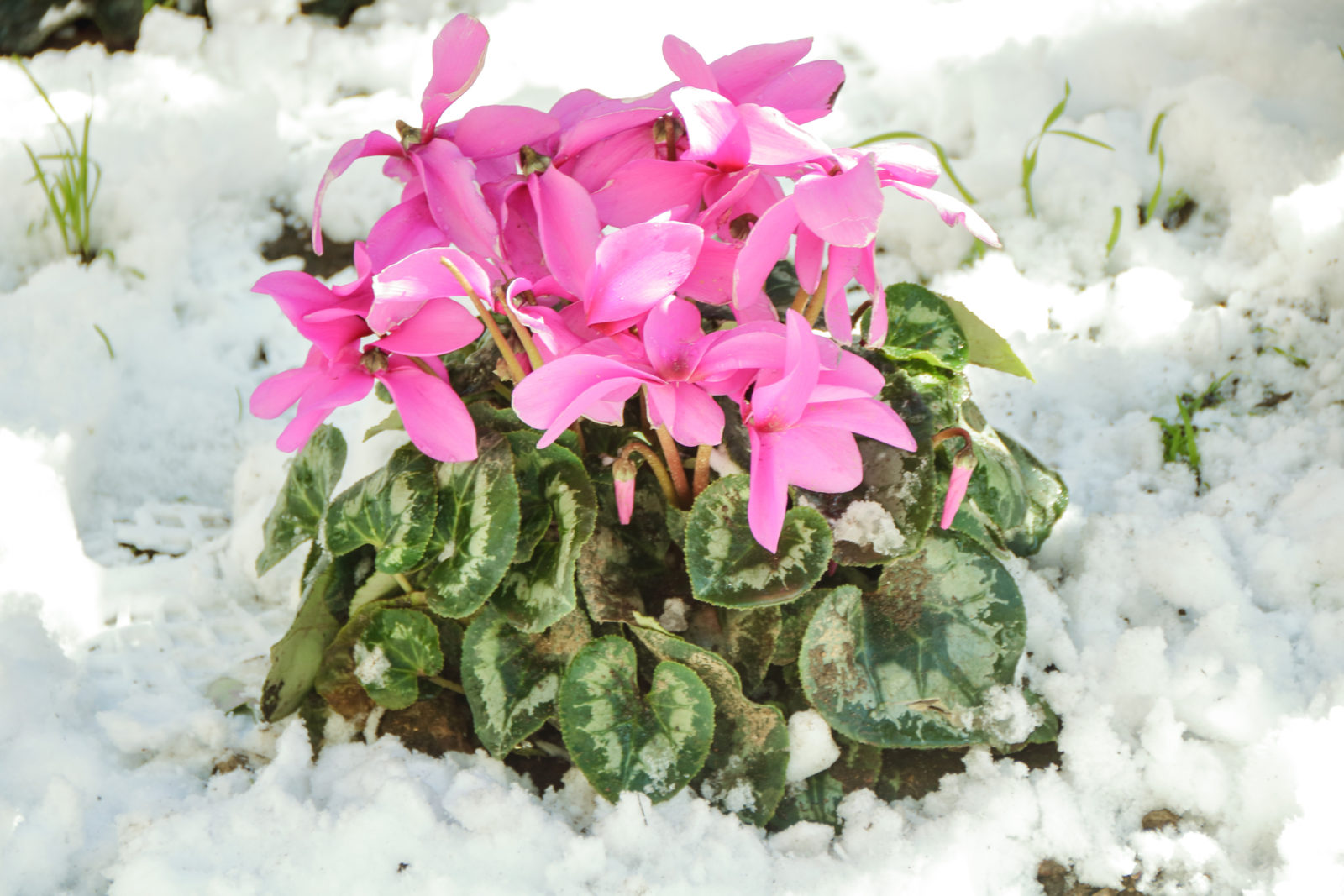
PERENNIALS > CYCLAMEN > OVERWINTERING

Elizabeth is a Permaculture Garden Designer, Sustainability Consultant and Professional Writer, working as an advocate for positive change. She graduated from the University of St. Andrews with an MA in English and Philosophy and obtained a Diploma in Applied Permaculture Design from the Permaculture Association.
Reviewed By COLIN SKELLY

Colin is a Horticulturist and Horticultural Consultant with experience in a range of practical and managerial roles across heritage, commercial and public horticulture. He holds the Royal Horticultural Society’s Master of Horticulture award and has a particular interest in horticultural ecology and naturalistic planting for habitat and climate resilience.
Contributions From ELLIOTT BEVERIDGE

The Estate Manager & Head Gardener at a private garden in Somerset, Elliott Beveridge has had 25 years of experience as a working Horticulturist. He previously worked as the Head Gardener at Beaverbrook in Surrey Hills, a popular hotel that is surrounded by 470 acres of land.
CYCLAMEN GUIDES
Common Problems
Container Growing
Growing From Seed
Indoors Care
Overwintering
Propagation
Red Varieties
Transplanting
Cyclamen are sometimes grown as houseplants and sometimes as garden plants, with specific varieties suited to both of these options.
Cyclamens are usually grouped into hardy types, and tender types, with both requiring very different winter care.
“Hardy cyclamen can give you interest through the cold, dark winter months if placed in pots outside,” shares Elliott Beveridge, a Head Gardener at a private estate in the south of England.
Before you can understand how to care for cyclamen in winter, it is important to make sure you have identified which type of cyclamen you are growing.
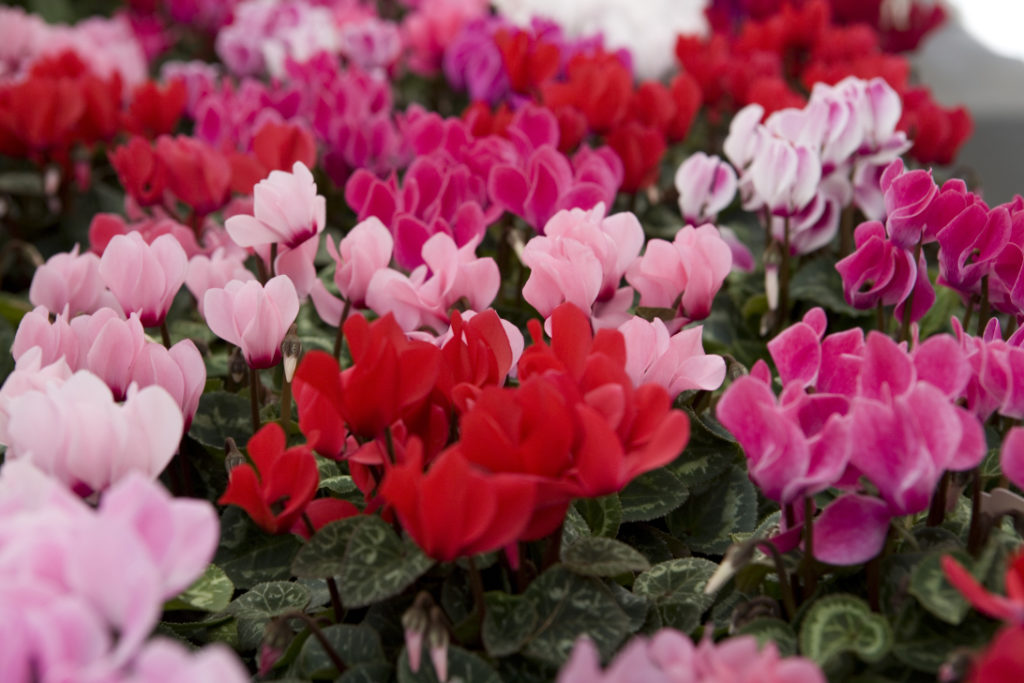
Below are some simple guidelines for winter care which should help steer you in the right direction:
- Ensure that hardy cyclamens in your garden are growing in a suitable free-draining spot, where waterlogging will not occur.
- Mulch around the hardy cyclamen in winter with a layer of insulating organic material.
- Keep tender cyclamen indoors from September until leaves naturally begin to die back in spring.
- Water when the medium is dry, feed every couple of months, and tug away dead flowers and leaves to keep tender cyclamen looking good as a houseplant in your home.
Winter Care For Outdoor Cyclamen
Hardy cyclamens include C. coum, C. hederifolium, and C. purpurascens.
These types require little winter care, but care needs will differ depending on the specific type you are growing.
C. coum flowers from January to March and so can actually be in its peak flowering period in winter.
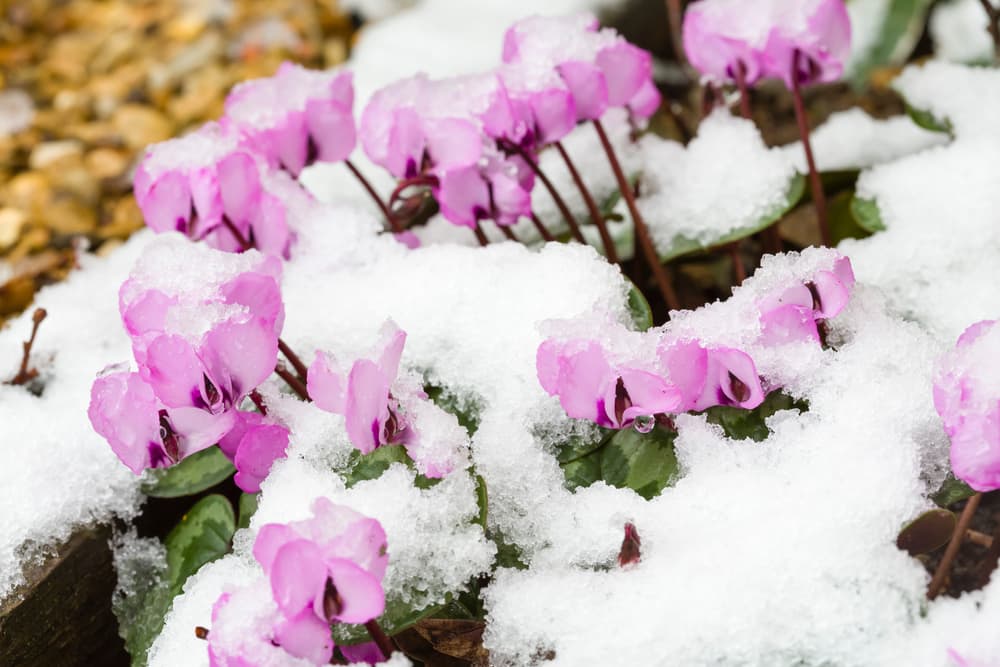
C. hederifolium flowers in early autumn, and its foliage, like ivy, provides good ground cover from winter to spring.
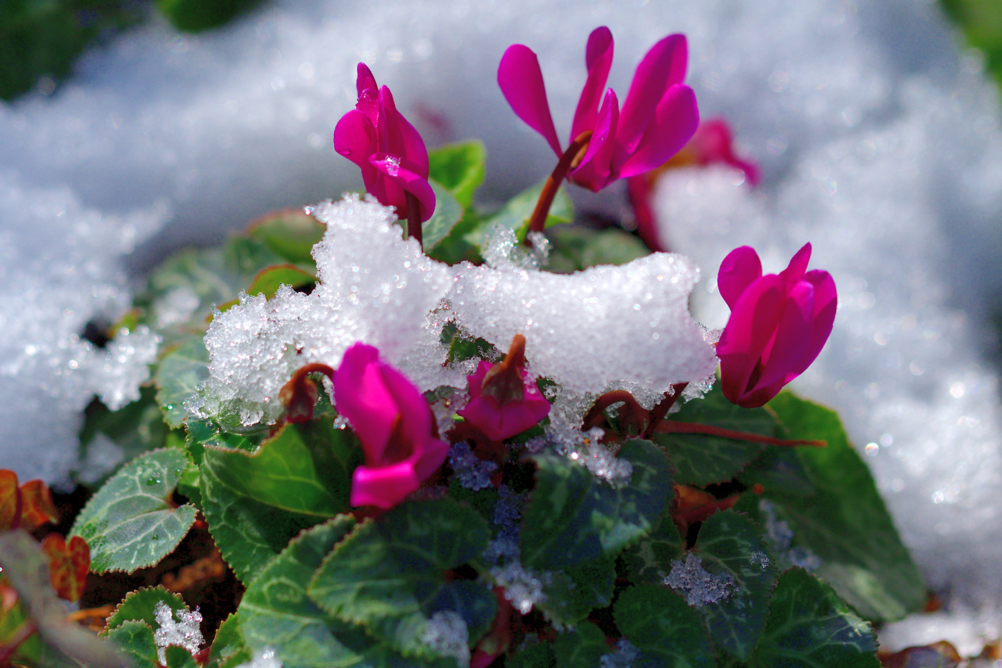
C. purpurascens flowers from mid-late summer before dying back over the winter months.
They are typically H5 hardy, which means they are hardy in most of the UK – even during severe winters.
However, wet conditions can be an issue, so it is important to ensure good drainage.
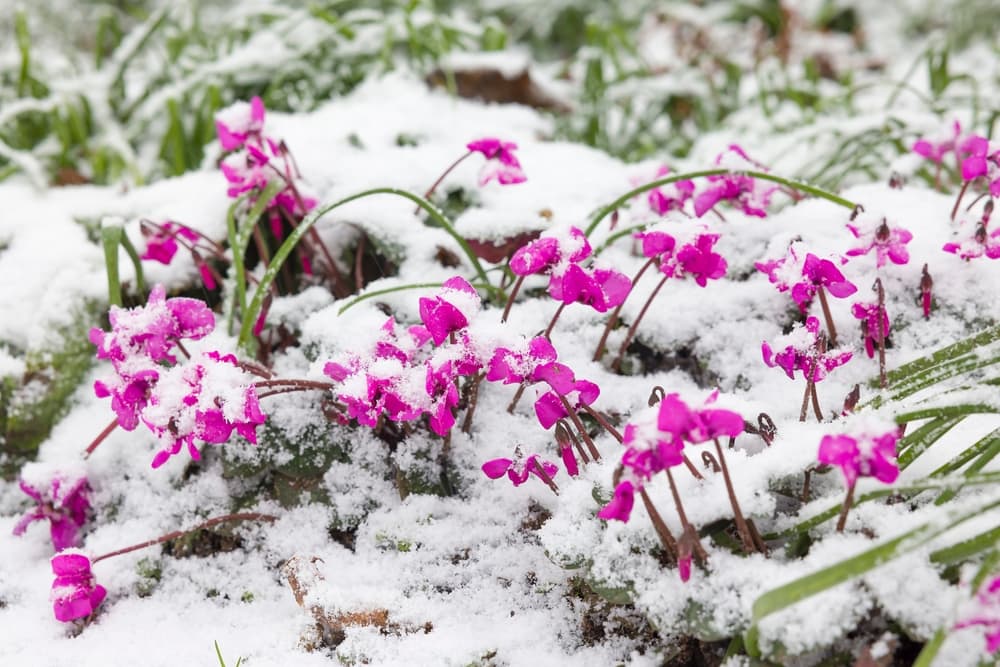
It can also be a good idea to mulch around the plants to provide some protection in colder UK gardens with loose, bulky, insulating organic material – like a thick layer of bark or autumn leaves.
Overwintering Indoor Cyclamen
Tender cyclamen which are grown indoors, like C. persicum and other large-flowered types, make excellent houseplants for the winter months.
They should flower indoors over the winter before dying back and entering a summer dormancy period in spring.
They are not frost-hardy and cannot survive outdoors over the coldest part of the year.
They should be placed in pots indoors.
Ideally, they should be kept in a bright location out of direct sunlight in a room which remains between 10-15°C.
They should be watered when the medium feels dry, ideally from below, and excess water should always be able to drain away.
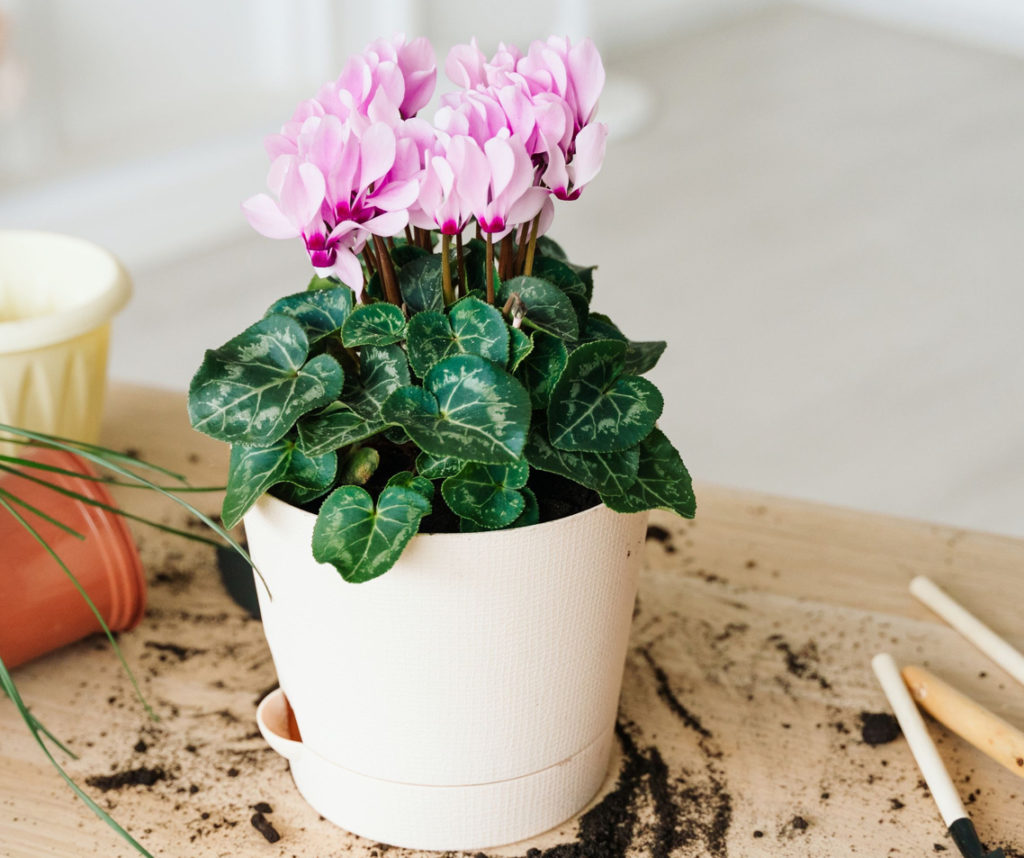
“To avoid overwatering, fill a tray of water and sit your Cyclamen pot in it,” says Colin Skelly, a Horticultural Consultant.
“When you see the colour of the tope of the compost turn darker you will know that the water has penetrated the whole pot.
“Remove it and allow it to drip dry. This allows the compost to re-wet whilst avoiding the tuber sitting in wet compost or wetting the leaves.
“Allow this to become dry to touch before repeating.”
They don’t need much feeding or other care, but to keep your plant going over multiple seasons and encourage it to re-flower, it can be beneficial to feed with an organic houseplant feed every couple of months.
Dead flowers and leaves can be gently tugged away to keep the plant looking neat.
